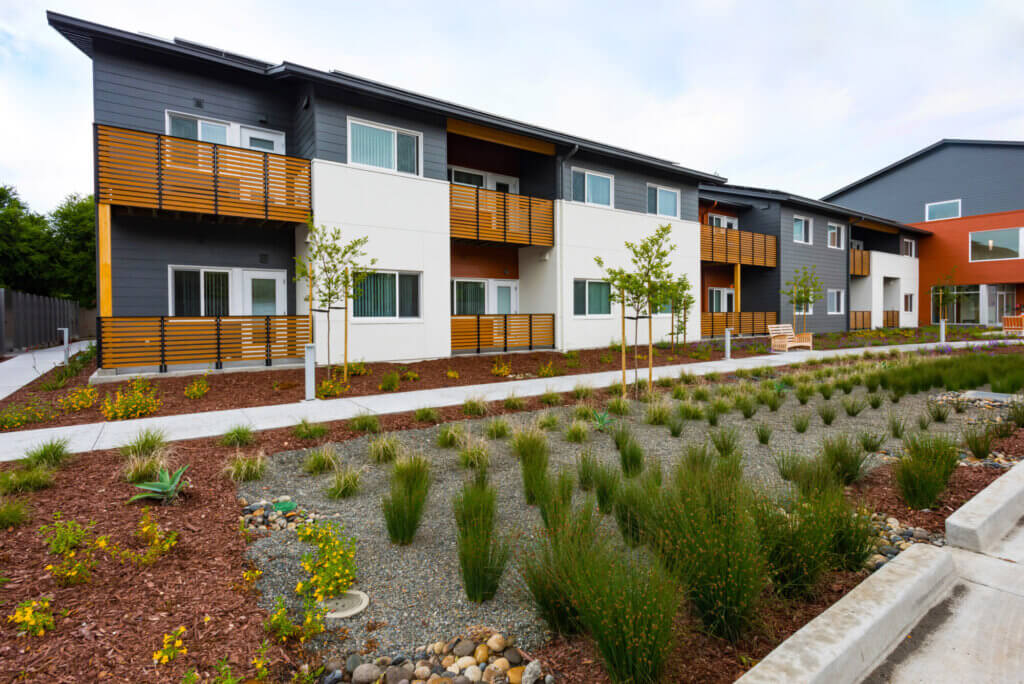Perspectives: Practitioners Weigh in on Rising Housing Construction Costs in San Francisco
Published On January 23, 2018
It is no secret that producing new housing in California is an expensive endeavor. Our Cost of Building Housing Research Series recently launched with the goal of understanding why this is the case, breaking down the elements of the housing development process to identify key cost drivers and potential private and public sector solutions.
Today we are releasing our first brief of the series, which examines rising housing construction costs in San Francisco from the perspective of non-profit and market-rate housing developers, architects, and other practitioners on the ground. The brief shares findings from a series of interviews and focus groups in which practitioners discussed the factors that have most significantly affected housing development costs in recent years, and identified potential interventions at the local level that could help to reduce these costs in the future.
Interviewees and focus group participants cited lengthy and complex city processes as perhaps the best opportunity to reduce rapidly rising costs for both market rate and affordable housing developments in San Francisco. Building codes and design requirements, workforce and procurement rules, and environmental regulations were all discussed as other aspects of the development process that, though necessary and important, in certain current applications, may ultimately incur more cost than benefit.
Participants offered a number of prospective policy interventions that could be implemented at the local or state level which would meaningfully help to reduce the time and real costs of housing development, and increase the pace at which supply of new housing at all income levels can come on line. While not all of the drivers of construction costs are locally controlled, the proposed interventions suggest that localities like the City of San Francisco could make a significant impact in supporting a more cost-effective building process.
This brief offers an important perspective on the question of housing development costs, and on policy solutions that might help control them.





